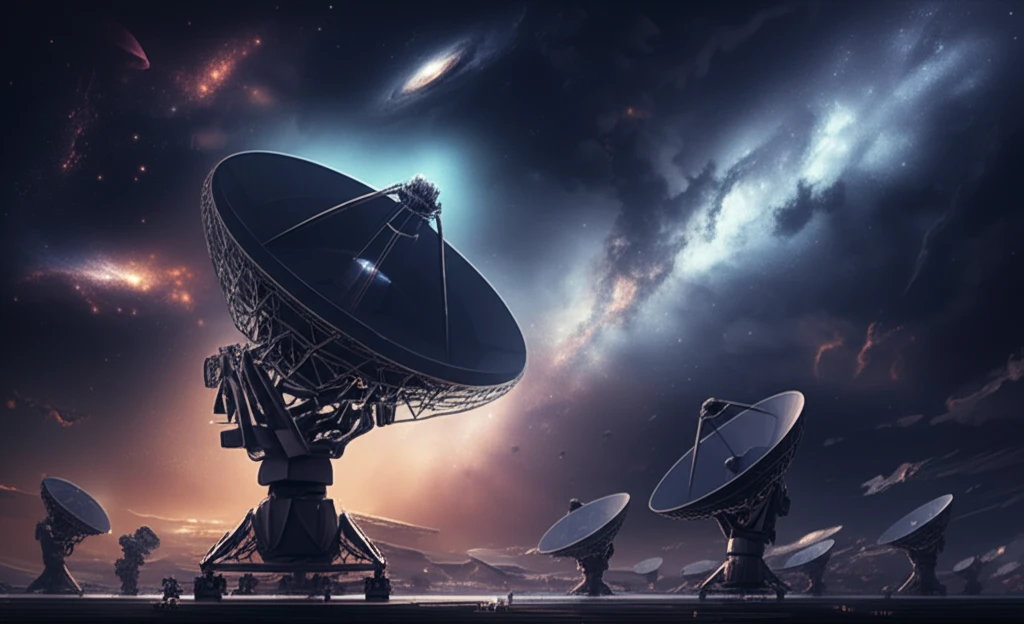
Decoding the Cosmos: How Radio Astronomy is Revolutionizing Our Understanding of the Early Universe
"A first look at how comparing redundant and sky-model-based interferometric calibration is helping astronomers unlock the secrets of the Epoch of Reionization."
The quest to understand the Epoch of Reionization (EOR), a pivotal era in the universe's history marked by the formation of the first stars and galaxies, is one of the most ambitious challenges in modern astronomy. Observations of the 21 cm signal, a faint whisper from the neutral intergalactic medium, hold the key to unlocking this information. However, this signal is buried beneath layers of bright astrophysical foregrounds, complex instrumental responses, and various forms of interference, making precise calibration an absolute necessity.
In recent years, the importance of precise instrument calibration has been emphasized as a critical step in isolating the faint cosmological signal from the overwhelming foreground noise. Current calibration efforts largely fall into two categories: sky-based calibration, which uses deep foreground catalogs and forward modeling of instrument responses, and redundant calibration, which bypasses the need for a sky model but requires antennas to be arranged in a regular grid.
Until now, directly comparing the efficacy of these two calibration approaches on real data has been impossible. Redundant arrays typically suffer from poor UV coverage, hindering their calibration using sky-based methods, while arrays with good imaging performance lack the regular antenna layout required for redundant calibration. This has changed with the advent of Phase II of the Murchison Widefield Array (MWA).
MWA Phase II: A New Era of Calibration Comparison

The Murchison Widefield Array (MWA) is the first interferometer to balance large numbers of redundant baselines with excellent instantaneous UV coverage. During its Phase I, the MWA consisted of 128 antenna tiles arranged in a pseudo-random layout optimized for UV coverage. Phase II has added another 128 tiles, but the array operates in two modes: a compact array and an extended array, each using a subset of the 256 available tiles. The compact array features new tiles added in two hexagonal cores, providing a hybrid dataset with both redundant baselines and imaging characteristics. We use the unique array to compare redundant and sky-based calibration directly.
- Successful application of OMNICAL to ORBComm satellite observations, showing substantial agreement between redundant visibility measurements after calibration.
- Direct comparison of OMNICAL and FHD calibration solutions, demonstrating remarkably similar results between the two distinct schemes.
- Exploration of combined OMNICAL and FHD calibration methods, revealing marginal improvements in mitigating artifacts in the power spectrum through power spectrum techniques developed for EOR analysis.
The Road Ahead
While the differences uncovered in this study are subtle, they represent a significant step forward in our ability to analyze the universe's most distant past. As radio astronomy technology advances, exploring the synergies between sky-based and redundant calibration will be pivotal in extracting every last drop of information from our observations. The journey to understand the Epoch of Reionization is a marathon, not a sprint, and every refinement in our techniques brings us closer to the finish line.
